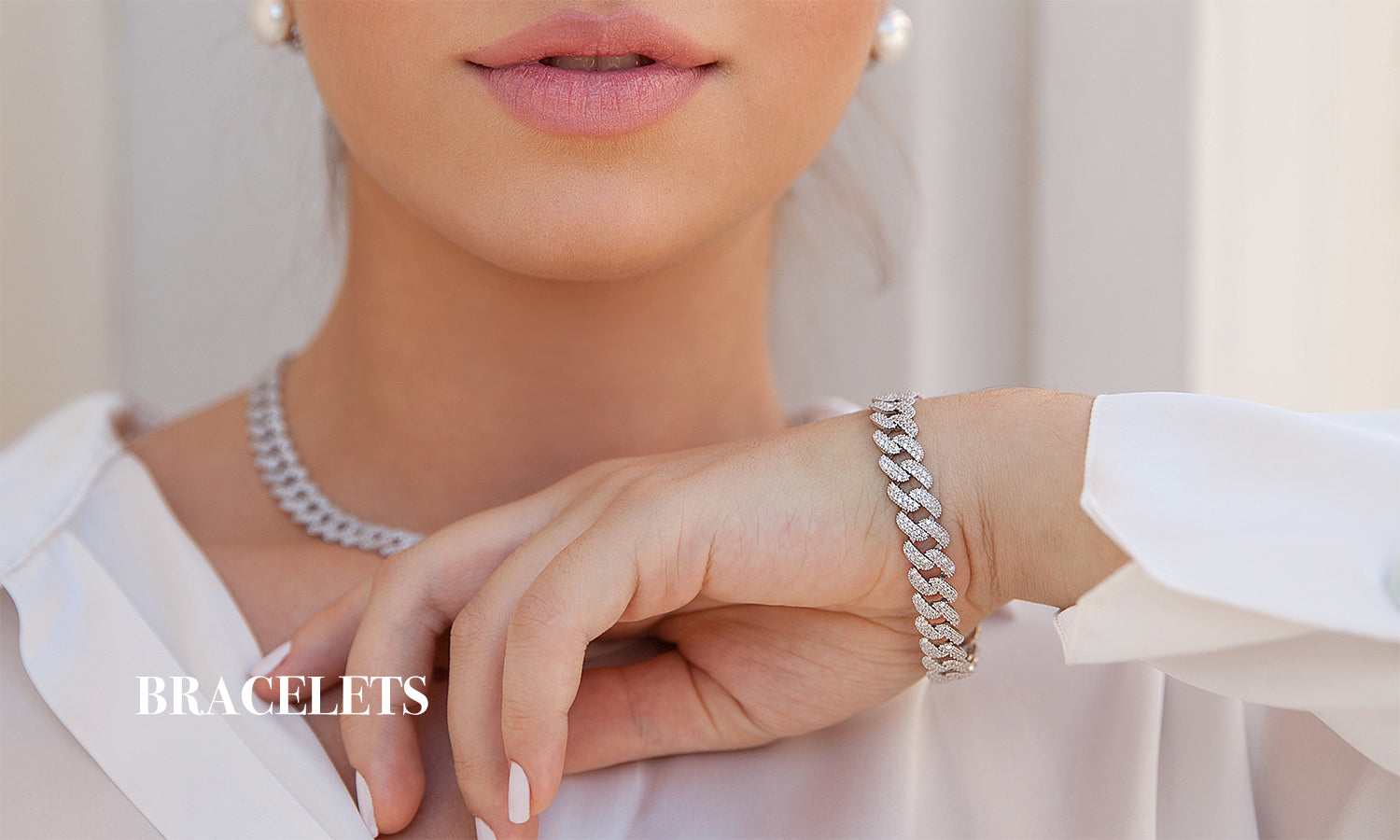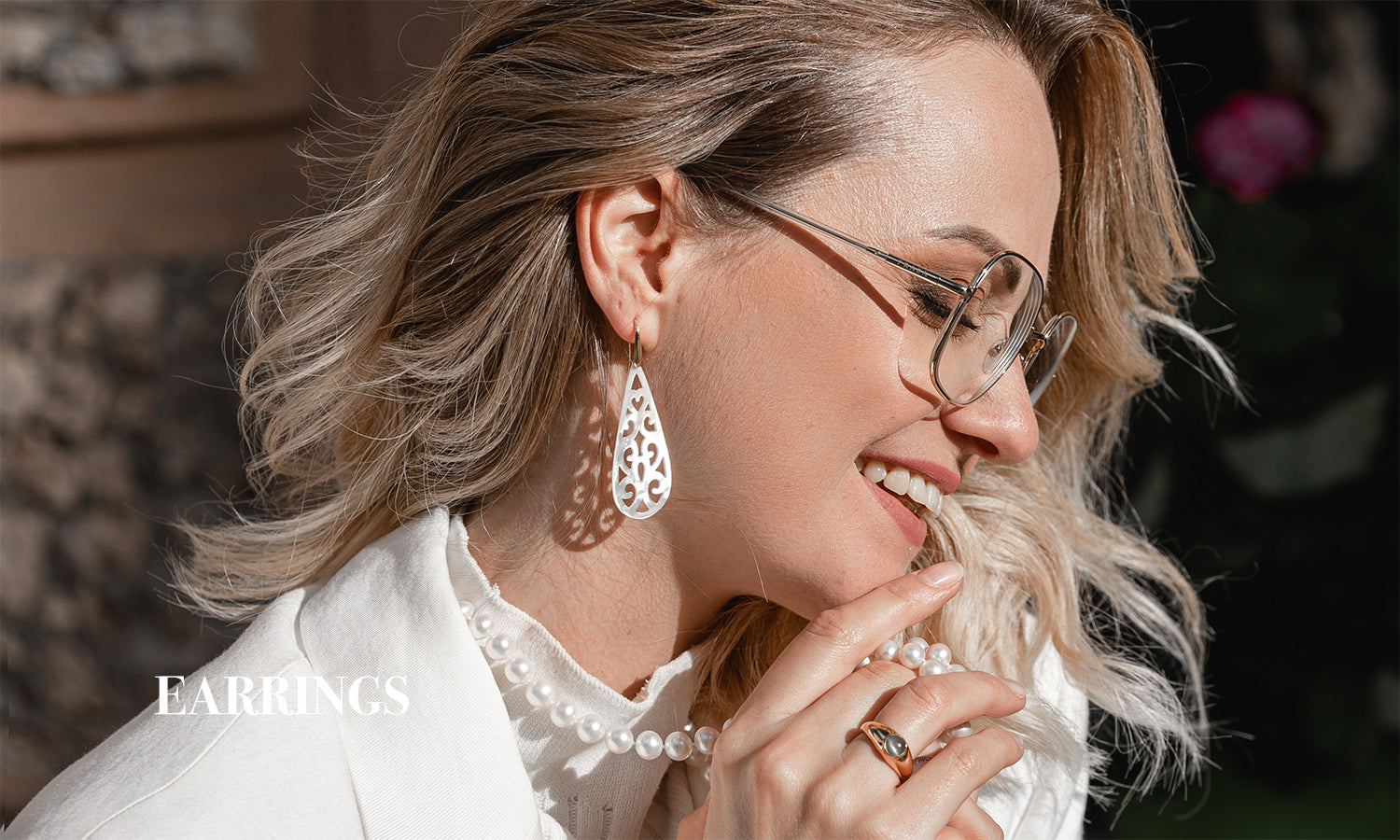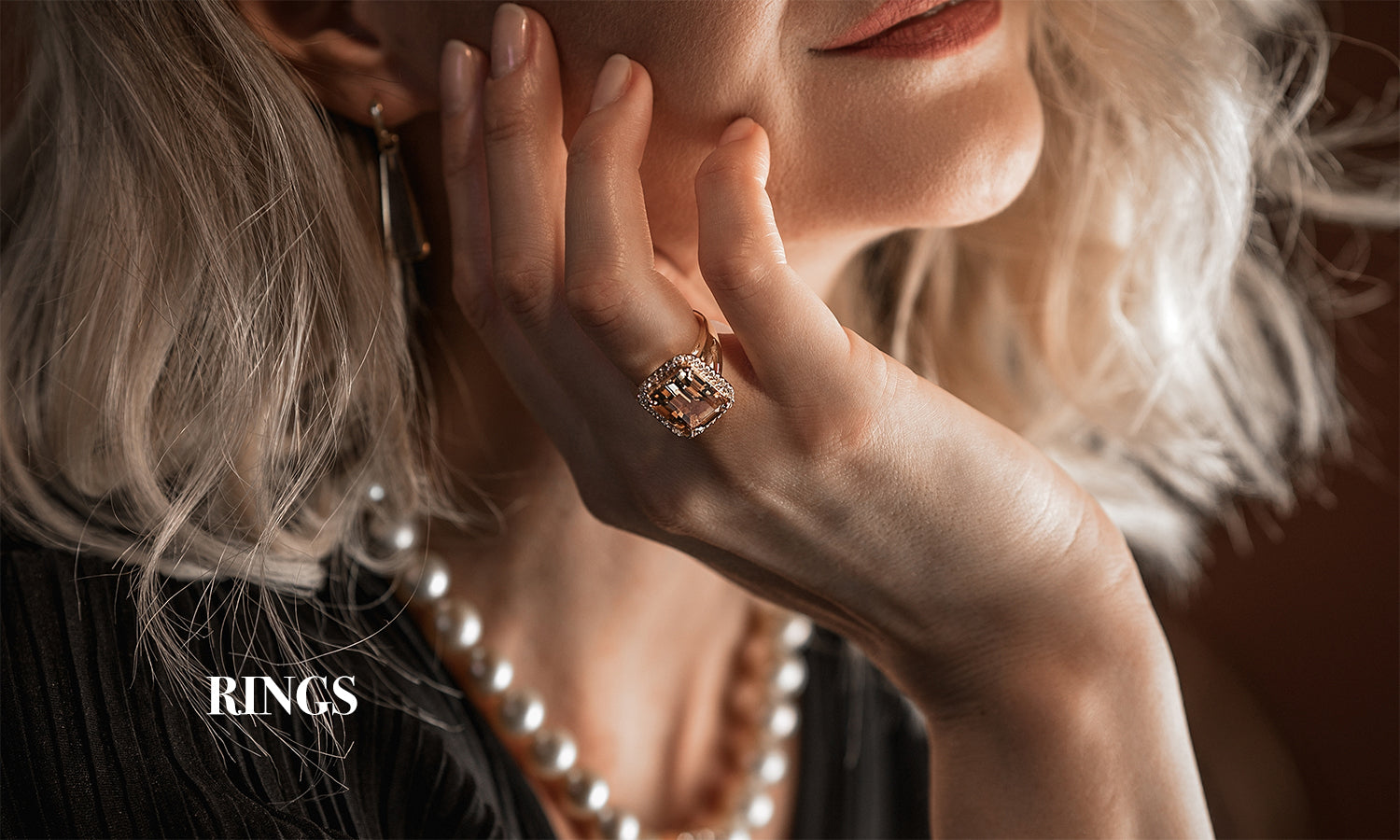
The Resale Value of Lab-Grown Diamond Jewelry: What You Need to Know
Share
In recent years, lab-grown diamonds have gained significant popularity due to their ethical sourcing, environmental benefits, and affordability compared to mined diamonds. However, one question often arises among consumers: what is the resale value of lab-grown diamond jewelry? This article delves into the key factors influencing the resale market for lab-grown diamonds and offers insights for potential buyers and sellers.
|
Factor |
Impact on Resale Value |
Details |
|
Market Perception and Demand |
Moderate |
Evolving consumer perception can influence demand; increasing awareness may enhance resale value over time. |
|
Depreciation Rate |
High |
Lab-grown diamonds depreciate more rapidly due to improving production technology and decreasing prices for new diamonds. |
|
Certification and Authenticity |
High |
Certifications from reputable institutes (GIA, IGI) can significantly enhance the credibility and value of lab-grown diamonds. |
|
Jewelry Design and Brand |
Moderate to High |
High-end brands and unique designs may retain value better than generic pieces; brand reputation plays a significant role. |
|
Proper Documentation |
High |
Maintaining certifications, receipts, and original packaging can enhance credibility and value. |
|
Jewelry Condition |
Moderate |
Well-maintained, clean jewelry in good condition is more attractive to buyers and can fetch a higher price. |
|
Sales Platform |
Moderate |
Choosing reputable online platforms, consignment shops, or auction houses can help reach a broader audience and increase resale chances. |
|
Realistic Expectations |
High |
Understanding market realities and setting realistic expectations are crucial for a successful resale. |
Understanding Lab-Grown Diamonds

Lab-grown diamonds, also known as synthetic or man-made diamonds, are created in controlled environments using advanced technological processes that mimic the natural formation of diamonds. These diamonds possess the same physical, chemical, and optical properties as mined diamonds, making them indistinguishable even to experts unless advanced testing is used.
The Appeal of Lab-Grown Diamonds

- Ethical Considerations:Lab-grown diamonds are free from the ethical concerns associated with diamond mining, such as human rights abuses and environmental degradation.
- Cost-Effectiveness:On average, lab-grown diamonds are 20-40% less expensive than their mined counterparts, making them an attractive option for budget-conscious consumers.
- Sustainability:The production of lab-grown diamonds has a smaller carbon footprint, contributing to environmentally sustainable practices.
The Resale Market for Lab-Grown Diamonds

While lab-grown diamonds offer numerous benefits, their resale value is a topic of debate and concern. Here are some key factors that influence their resale value:
1. Market Perception and Demand
The resale value of any item is largely driven by market demand. Lab-grown diamonds are still relatively new in the market, and consumer perception is evolving. As more people become aware of and comfortable with lab-grown diamonds, the demand in the resale market may increase.
2. Depreciation Rate
Lab-grown diamonds tend to depreciate more rapidly than natural diamonds. This is partly because the technology to produce them is continuously improving, leading to lower production costs and, consequently, lower prices for new lab-grown diamonds. As a result, the resale prices of lab-grown diamonds can be significantly lower than their initial purchase prices.
3. Certification and Authenticity
Having a certification from a reputable gemological institute, such as the Gemological Institute of America (GIA) or the International Gemological Institute (IGI), can enhance the resale value of lab-grown diamonds. Certifications provide assurance about the quality and authenticity of the diamond, making it more attractive to potential buyers.
4. Jewelry Design and Brand
The resale value is also influenced by the design and brand of the jewelry. High-end brands and unique, well-crafted designs may retain value better than generic or mass-produced pieces. Brand reputation can play a significant role in the perceived value of the jewelry.
Tips for Selling Lab-Grown Diamond Jewelry

If you’re considering selling your lab-grown diamond jewelry, here are some tips to maximize your resale value:
- Maintain Proper Documentation:Keep all certifications, receipts, and any original packaging. These documents can significantly enhance the credibility and value of your jewelry.
- Clean and Maintain Your Jewelry:Ensure your jewelry is in the best possible condition. A clean, well-maintained piece will attract more buyers and fetch a higher price.
- Choose the Right Platform:Selling through reputable online platforms, consignment shops, or auction houses can help you reach a broader audience and increase your chances of a successful sale.
- Set Realistic Expectations:Understand that lab-grown diamonds may not hold their value as well as natural diamonds. Be prepared for offers that reflect this market reality.
Conclusion
The resale value of lab-grown diamond jewelry is influenced by various factors, including market perception, depreciation, certification, and design. While they may not hold their value as well as natural diamonds, lab-grown diamonds offer significant benefits in terms of cost, ethics, and sustainability. By understanding the market dynamics and taking appropriate steps, you can maximize the resale value of your lab-grown diamond jewelry. As the market for lab-grown diamonds continues to grow, so too might their acceptance and value in the resale market.




